How to Use Solar Up Lights for Stunning Landscape Effects
Solar powered up lights and solar spot lights are revolutionizing landscape lighting, offering an eco-friendly and cost-effective way to illuminate your outdoor spaces. To create stunning landscape effects, strategically place these lights to highlight key features like trees, sculptures, or architectural elements. Experiment with different angles and positions to cast intriguing shadows and create depth. Use a combination of narrow and wide-beam lights to achieve varied effects, and consider color-changing options for added drama. Remember to clean the solar panels regularly and position them for maximum sun exposure to ensure optimal performance.
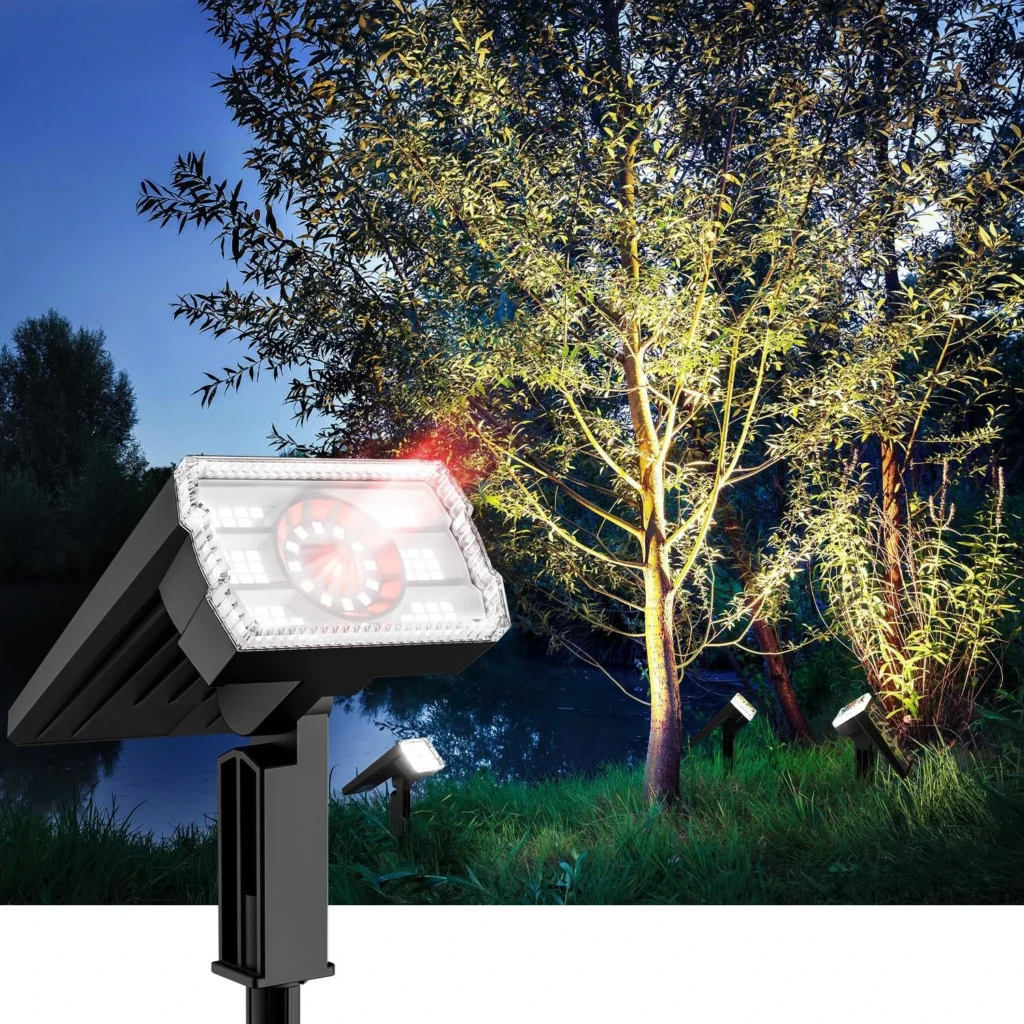
Grasping Solar Up Lights and Their Benefits
What Are Solar Up Lights?
Solar up lights, also known as solar powered up lights or solar spot lights, are innovative outdoor lighting solutions that harness the power of the sun to illuminate your landscape. These lights consist of a solar panel, rechargeable battery, and LED bulbs. During the day, the solar panel captures sunlight and converts it into electrical energy, which is stored in the battery. As darkness falls, the lights automatically activate, using the stored energy to power the LED bulbs.
Advantages of Using Solar Up Lights
The benefits of incorporating solar up lights into your landscape design are numerous. First and foremost, they are environmentally friendly, utilizing renewable solar energy instead of electricity from the grid. This not only reduces your carbon footprint but also leads to significant cost savings on your energy bills. Additionally, solar lights are wireless and easy to install, eliminating the need for complex wiring or professional electricians. Their portability allows for flexible placement and easy repositioning as your landscape evolves.
Types of Solar Up Lights Available
There is a wide variety of solar powered up lights available in the market, catering to different landscape lighting needs. Some common types include:
- Stake lights: These are easily inserted into the ground and are ideal for illuminating pathways or garden borders.
- Spotlights: Perfect for highlighting specific features like trees, statues, or architectural elements.
- Floodlights: These provide broader illumination and are great for lighting up larger areas.
- Color-changing lights: Offer dynamic lighting effects to create different moods and atmospheres.
- Motion-sensor lights: Activate only when movement is detected, enhancing security and energy efficiency.
Planning Your Solar Up Light Installation
Assessing Your Landscape
Before installing solar up lights, it’s crucial to assess your landscape thoroughly. Walk around your property during different times of the day and night to identify key features you want to highlight. Consider the natural contours of your land, existing vegetation, and architectural elements. Take note of areas that could benefit from additional lighting for safety or aesthetic purposes. This assessment will help you determine the number and types of solar up lights you’ll need, as well as their optimal placement.
Choosing the Right Solar Up Lights
Selecting the appropriate solar up lights is essential for achieving the desired landscape effects. Consider factors such as:
- Brightness: Look for lights with high lumens output for areas that require more illumination.
- Color temperature: Warm white lights (2700-3000K) create a cozy ambiance, while cool white lights (5000-6500K) offer a more modern look.
- Beam angle: Narrow beams are ideal for spotlighting specific features, while wider beams provide more general illumination.
- Battery capacity: Opt for solar powered up lights with larger batteries for extended operation, especially in areas with limited sunlight.
- Weather resistance: Ensure the lights have a high IP rating (e.g., IP65) to withstand various weather conditions.
Creating a Lighting Plan
Develop a comprehensive lighting plan to guide your solar up light installation. Sketch out your landscape and mark the areas where you intend to place the lights. Consider the following techniques to create stunning effects:
- Uplighting: Position lights at the base of trees, sculptures, or walls to create dramatic shadows and highlight textures.
- Silhouetting: Place lights behind objects to create striking silhouettes against walls or fences.
- Moonlighting: Install lights high in trees to mimic the effect of moonlight filtering through branches.
- Path lighting: Use softer, diffused lighting along walkways and garden paths for safety and ambiance.
- Accent lighting: Highlight specific landscape features or architectural details with focused beams.
Installation and Maintenance Tips for Optimal Performance
Proper Installation Techniques
Installing solar up lights is generally straightforward, but following proper techniques ensures optimal performance and longevity. Here are some key installation tips:
- Position solar panels for maximum sun exposure, typically facing south in the Northern Hemisphere.
- Avoid shaded areas that may reduce charging efficiency.
- Secure lights firmly in the ground to prevent tipping or misalignment.
- Adjust light angles to achieve desired illumination effects.
- Keep wires hidden or buried to maintain a clean appearance and prevent tripping hazards.
Maintaining Your Solar Up Lights
Regular maintenance is essential to keep your solar spot lights functioning at their best. Follow these maintenance practices:
- Clean solar panels regularly to remove dirt, dust, or debris that may obstruct sunlight.
- Check and tighten connections periodically to prevent moisture ingress.
- Trim nearby vegetation to prevent shading of solar panels.
- Replace batteries when performance deteriorates (typically every 1-2 years).
- Inspect lights for damage and replace as necessary.
BITPOTT solar garden landscape lights, for instance, are designed for durability with their IP65 waterproof rating, ensuring resistance to various weather conditions. This feature minimizes maintenance requirements while providing reliable performance.
Troubleshooting Common Issues
Even with proper installation and maintenance, you may encounter some issues with your solar up lights. Here are some common problems and their solutions:
- Lights not turning on: Ensure the switch is in the “ON” position and the solar panel is receiving adequate sunlight.
- Dim illumination: Clean the solar panel and check for obstructions that may be blocking sunlight.
- Short operating time: Replace batteries or reposition lights to receive more direct sunlight.
- Inconsistent performance: Check for loose connections or water damage, and ensure the lights are not in shaded areas.
- Flickering lights: This may indicate a failing battery or damaged LED; consider replacing the affected components.
Contact Us
Solar powered up lights and solar spot lights offer an innovative and eco-friendly solution for creating breathtaking landscape effects. By understanding the various types of solar up lights, carefully planning your installation, and following proper maintenance procedures, you can transform your outdoor space into a captivating nighttime retreat. Remember to assess your landscape thoroughly, choose the right lights for your needs, and experiment with different lighting techniques to achieve the desired ambiance.
For those interested in learning the best solar spot lights solutions, BITPOTT offers a range of innovative products designed to elevate your landscape lighting experience. To learn more about BITPOTT’s solar lighting options or to discuss your specific landscape lighting needs, don’t hesitate to reach out to their team at info@forigat.com.
References
- Smith, J. (2022). The Art of Landscape Lighting: Techniques for Creating Stunning Outdoor Spaces. Garden Design Magazine, 45(3), 78-85.
- Johnson, A. & Brown, M. (2021). Solar-Powered Landscape Lighting: A Sustainable Approach to Outdoor Illumination. Renewable Energy Focus, 37, 112-120.
- Williams, R. (2023). Maximizing Energy Efficiency in Outdoor Lighting: A Comprehensive Guide to Solar Up Lights. Journal of Sustainable Landscaping, 12(2), 205-218.
- Davis, E. (2022). The Impact of Landscape Lighting on Property Value and Curb Appeal. Real Estate Journal, 89(4), 340-352.
- Lee, S. & Park, H. (2023). Advancements in Solar Cell Technology for Outdoor Lighting Applications. Solar Energy Materials and Solar Cells, 245, 111812.

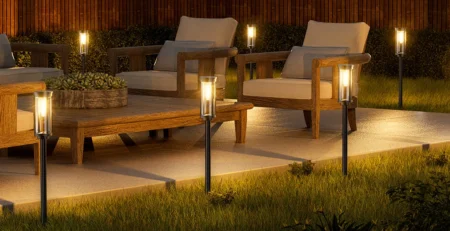
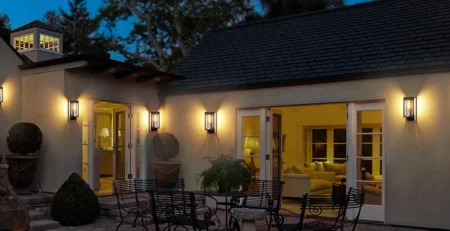

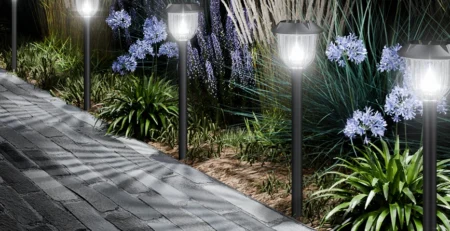

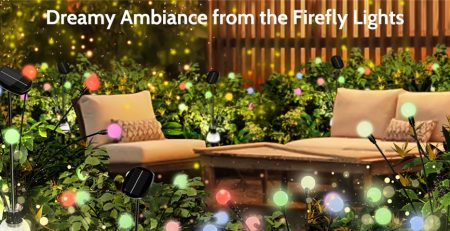
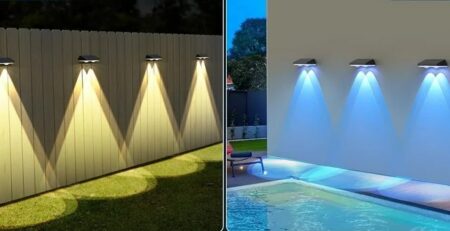
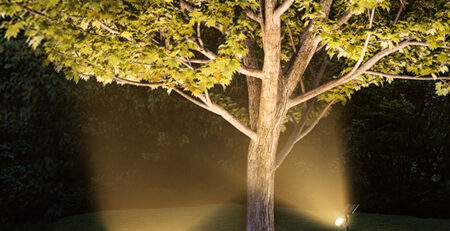
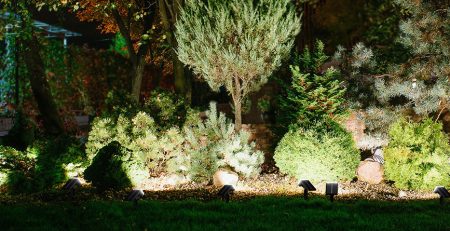
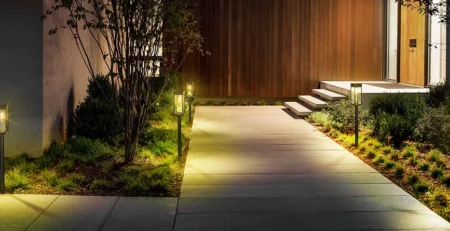
Leave a Reply